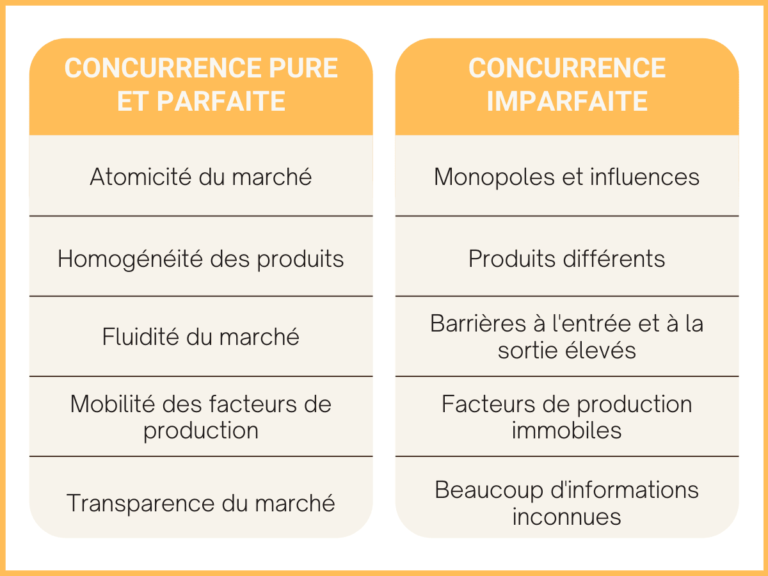Pure and perfect competition is a theory according to which theequilibrium of productprices andquantities is rationally defined as a function of several conditions.
Imperfect competition exists when a market fails to meet one of the 5 conditions of pure and perfect competition.
Pure and perfect competition
What is pure and perfect competition?
Pure and perfect competition, or PPC, is a theory developed in the 19th century. Pure and perfect competition is an ideal type of market structure in which all producers and consumers have complete and symmetrical information, with no transaction costs. Product prices are decided rationally.
In this competitive model, there are no monopolies.
What are the 5 conditions of pure and perfect competition?
Market atomicity
Firms, individuals and households are all very small, so they cannot influence market conditions. There are no dominant companies, and there are no agreements between companies to set higher prices and reduce quantities. All buyers are isolated, they do not communicate and cannot force a price reduction, for example.

Product consistency
All products in the same category are the same. They are identical. This ensures that buyers cannot distinguish between products on the basis of physical attributes, such as size or color, or intangible values, such as brand image. Buyers therefore base their choices solely on product price.
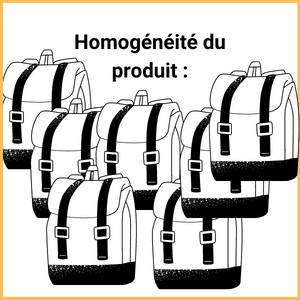
Market fluidity
The market is open to competition. Any company wishing to enter the market can do so easily, and any new buyer wishing to participate in the exchange can do so easily. There are no binding regulations for setting up a new business on the market. The initial investment required to set up a business should be minimal, and exiting the market should be straightforward and not entail any particular expenses.
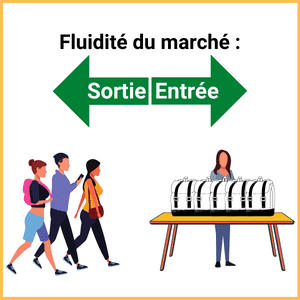
Mobility of production factors (labor and capital)
Workers and capital must be able to move freely and unhindered from one activity to another. If, for example, an industry becomes less profitable, the factors used in it are transferred to the most profitable activity. There are no delays, no costs and no different training.

Market transparency
All market participants are aware of all market characteristics. Agents know the quality of products, and the quantities offered and demanded at different prices. Information is direct and free.
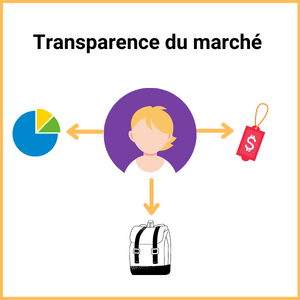
What are the limits of pure and perfect competition?
In the real world, pure and perfect competition is virtually impossible to achieve.
Each of these conditions is difficult to achieve.
Market atomicity: Companies and governments have the clout to change and control markets. They influence buyers and product prices.
Product homogeneity: To have identical products, producers and manufacturers would have to have the same production methods and want to produce the same product. Brands and advertising cannot exist.
Market fluidity: Excessive barriers to entry and exit, state protectionism and patents. All these factors block market fluidity and the smooth functioning of pure, perfect competition.
Mobility of production factors (labor and capital): Moving workers takes time and costs money. Between training, changes in habits and the new environment, it is difficult to achieve this condition.
Market transparency: Information is not necessarily accessible or free. It can be protected by companies and governments. What’s more, when information is free and accessible, it can be biased by the people who share it.
Examples of pure and perfect competition
Pure perfect competition is a theoretical construct and does not really exist. It is difficult to find real examples of perfect competition. So we’re going to talk about theoretical conditions.
Example:
A market brings together many small buyers and sellers of wheat. The wheat isn’t really different from one seller to another, and only the price is really different. None of the sellers offer packaging, and all wheat is easily purchased. Buyers are all rational, so they’ll choose the wheat that costs the least.
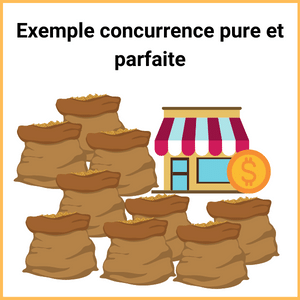
Imperfect competition
What is imperfect competition?
Imperfect competition exists when a market fails to meet one of the 5 conditions of pure and perfect competition.
This means that companies operating in this environment can choose how to differentiate their products, the prices they will offer and the next innovations they want to achieve.
Monopoly and oligopoly arise from imperfectly competitive markets.
Examples of imperfect competition?
The smartphone market is a good example of imperfect competition.
All smartphone brands try to differentiate themselves by offering new features or focusing their communication on the specific features of their products.
What’s more, some countries block the distribution of certain brands of smartphones within their borders, which hampers market fluidity.

What are the differences between pure and perfect competition and imperfect competition?
Pure and perfect competition is an idealized market without any defects, in which products are identical and equal. They can only be differentiated by price. What’s more, all market players have access to all information and act rationally.
In the case of imperfect competition :
- Products tend to work differently and offer unique benefits.
- Companies compete for market share.
- Barriers to entry are high, and buyers and sellers lack information.
- Companies can also use marketing campaigns to increase sales and product margins.
Pure and perfect competition tends to standardize products, preventing innovation. In effect, all products look the same and offer the same functions.
